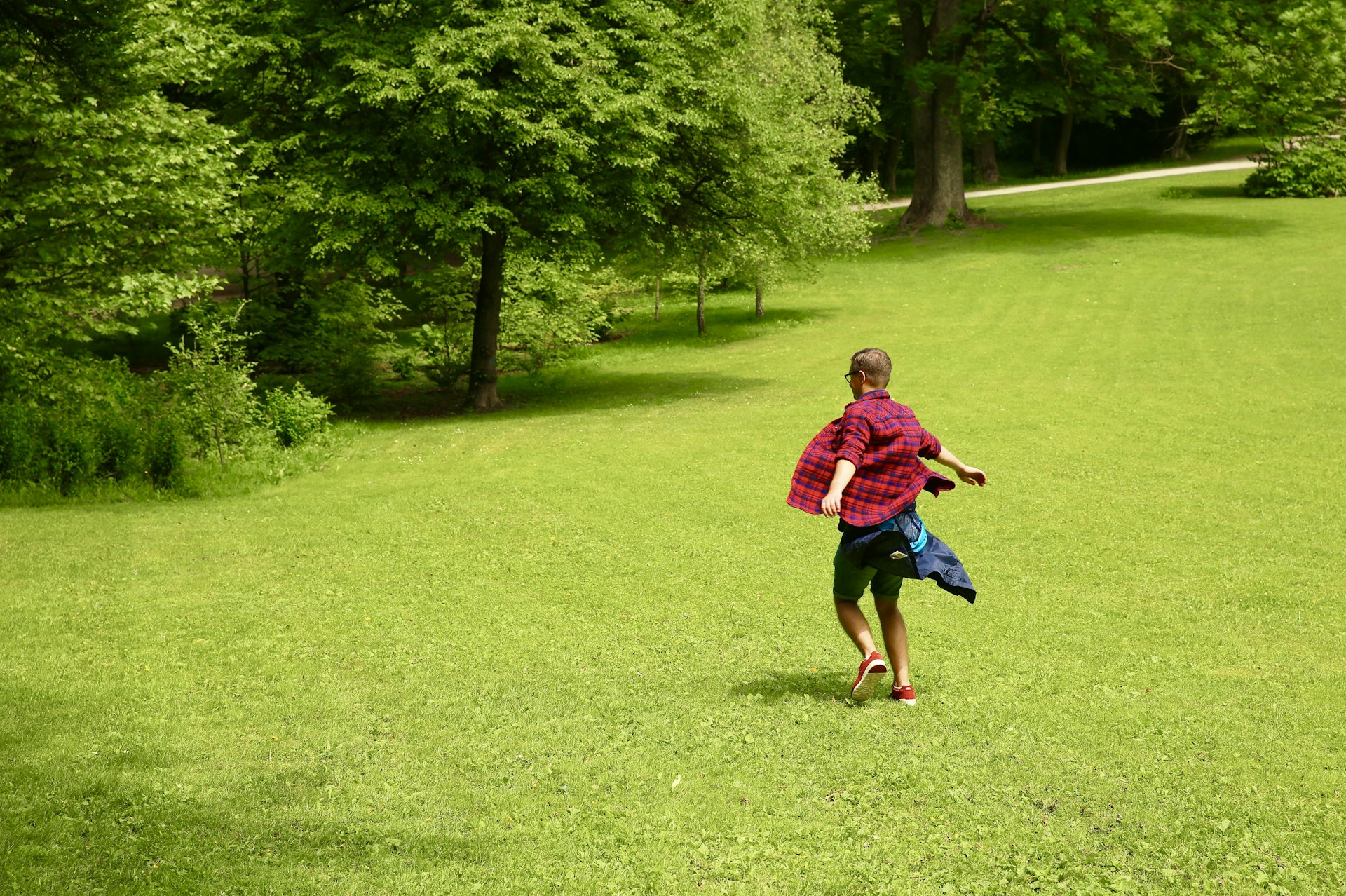Unlocking Wellbeing: How Outdoor Sports Transform Mind and Body


Photo by Georgy Trofimov on Unsplash
The Transformative Power of Outdoor Sports
Outdoor sports offer a unique blend of physical activity and exposure to nature that delivers profound benefits for overall wellbeing. Unlike indoor workouts, exercising outdoors engages your senses, challenges your body in new ways, and connects you with the natural world. This article explores the science-backed advantages of outdoor sports, provides practical steps for getting started, and addresses common challenges along the way.
Mental Health Benefits of Outdoor Sports
Participating in outdoor sports is strongly associated with
reduced stress, anxiety, and depression
. Studies demonstrate that time spent in nature can significantly lower cortisol (the primary stress hormone) and foster a sense of calm. For example, a study published in the
Proceedings of the National Academy of Sciences
found that a 90-minute walk in nature reduced neural activity in brain regions linked to mental illness risk, compared to walking in urban settings
[1]
. This evidence highlights the powerful impact that green spaces and outdoor environments have on mental wellbeing.
Outdoor activities, from hiking and cycling to team sports, can help boost mood and self-esteem . The combination of physical exertion, sunlight, and natural scenery stimulates the release of serotonin and endorphins-hormones that enhance happiness and reduce feelings of pain [4] . Many people report feeling more refreshed and less mentally fatigued after outdoor exercise compared to indoor routines.
Real-World Example
Consider a local community soccer league that meets weekly in a city park. Participants often describe a sense of camaraderie and belonging, noting that playing outside makes them feel less isolated and more connected to others. This social aspect further supports mental health, especially for those who may struggle with loneliness or depression.
Implementation Guidance
To maximize mental health benefits, aim to engage in outdoor sports at least three times per week. Start with accessible activities such as brisk walking or joining a local recreational league. If you’re new to outdoor fitness, gradually increase your session length to allow your mind and body to adjust. Always listen to your body and seek professional advice if you have pre-existing mental health concerns.
Physical Health Advantages
Outdoor sports are linked to improved cardiovascular health, stronger muscles, and better endurance . Natural terrain provides variable resistance that challenges balance, coordination, and overall fitness more dynamically than flat indoor surfaces [2] . Regular outdoor exercise also helps regulate blood pressure and heart rate, reducing the risk of chronic diseases such as heart disease and diabetes.
Exposure to sunlight while playing outdoors is a natural way to increase vitamin D levels , essential for bone health, immune function, and mood regulation. Research indicates that outdoor activity can also help maintain a healthy weight and improve sleep patterns by synchronizing your body’s internal clock with natural light cycles [3] .
Practical Steps
If you want to reap these physical health benefits, choose outdoor sports that match your current fitness level. Activities such as cycling, trail running, or kayaking are excellent options. Start with shorter sessions and gradually build up intensity. Consider partnering with a friend or joining a local club for motivation and accountability.
Social and Emotional Wellbeing
Outdoor sports foster social connections and emotional resilience . Whether playing team-based games or participating in group hikes, outdoor environments encourage positive interactions and collective experiences. Social engagement is a key factor in long-term mental health and can help buffer against feelings of isolation [2] .
Children benefit especially from outdoor play, with evidence showing improvements in creativity, focus, and emotional regulation [5] . Activities such as nature walks, scavenger hunts, and outdoor art projects nurture problem-solving skills and resilience, laying a foundation for lifelong wellbeing.
How to Find Opportunities
If you’re looking to join outdoor sports groups or events, start by searching for local recreation centers, parks departments, or community organizations in your area. Many towns and cities offer seasonal leagues, outdoor fitness classes, and volunteer-led nature excursions. You can also use search terms like “outdoor sports clubs near me” or “community hiking groups” to find opportunities online. If you have children, ask your school or local youth organizations about outdoor activity programs.

Photo by Dima Khudorozhkov on Unsplash
Potential Challenges and Solutions
While outdoor sports offer many advantages, some individuals may face barriers such as limited access to green spaces, time constraints, or health conditions. If you live in an urban environment, look for public parks, riverwalks, or rooftop gardens that provide safe outdoor spaces. If time is limited, try incorporating outdoor activities into your commute or lunch break-for example, taking a brisk walk during work hours.
For those with health concerns, consult with a healthcare provider to design an outdoor exercise plan that fits your needs. Adaptive sports programs may be available through local organizations, offering inclusive options for people of all abilities.
Alternative Approaches
If traditional outdoor sports are not feasible, consider alternatives such as gardening, bird-watching, or yoga in a park. These activities still provide many of the mental and physical health benefits associated with being in nature [3] . Virtual outdoor fitness classes or guided audio walks can also help you connect with natural environments even when at home, especially when combined with opening a window or sitting on a balcony.
Step-by-Step Guide to Getting Started
- Assess Your Interests and Abilities: Consider what types of outdoor sports appeal to you and match your abilities. Common options include hiking, cycling, soccer, or swimming.
- Check Local Resources: Search for local parks, trails, recreation centers, or sports clubs. Use official city or county websites or call your local parks department for information on nearby facilities and events.
- Schedule Regular Outdoor Time: Block time in your calendar for outdoor activities. Treat these appointments as non-negotiable to establish a healthy routine.
- Invite Friends or Family: Social support increases enjoyment and motivation. Consider forming a group or joining an existing club for accountability.
- Prepare Proper Gear: Invest in appropriate clothing and equipment for your chosen sport. Always prioritize safety and hydration.
- Track Your Progress: Keep a journal or use a fitness app to monitor your activity, mood, energy, and sleep. Adjust your routine based on what works best for you.
Summary and Key Takeaways
Outdoor sports are a powerful, accessible way to enhance mental, physical, and emotional wellbeing. The benefits include reduced stress, improved mood, better sleep, and stronger social connections. By taking practical steps to incorporate outdoor activities into your routine-and addressing potential challenges-you can unlock a healthier, more vibrant life. If you need additional support or specialized programs, consult your healthcare provider or local community organizations for guidance on safe and inclusive outdoor opportunities.
References
- [1] Mile High Psychiatry (2023). The Benefits of Outdoor Exercise for Mental Health.
- [2] UC Davis Health (2023). 3 ways getting outside into nature helps improve your health.
- [3] Lloyd Center (2023). How Outdoor Activities Can Improve Your Physical and Mental Health.
- [4] Piedmont Healthcare (2023). 7 health benefits of outdoor exercise.
- [5] Children’s Clinic (2023). The Physical & Mental Benefits of Outdoor Play.






